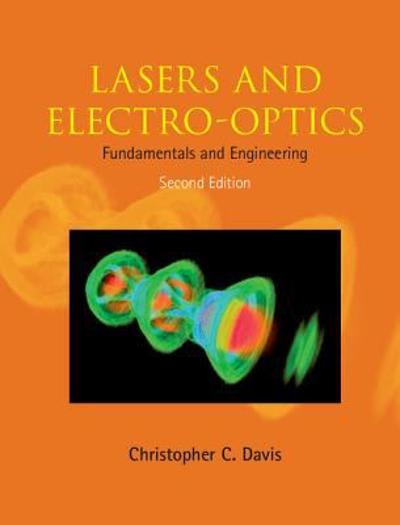Answered step by step
Verified Expert Solution
Question
1 Approved Answer
Can get the solution for these physics problems? The subject is thermodynamics. Recommended Text: Finn's Thermal Physics, third edition (CRC Press, 2017) file:///C:/Users/menhe/Downloads/Finn's%20Thermal%20Physics%20(3rd%20Ed).pdf _1&course_id=_53795_ Help
Can get the solution for these physics problems? The subject is thermodynamics.
Recommended Text: Finn's Thermal Physics, third edition (CRC Press, 2017)
file:///C:/Users/menhe/Downloads/Finn's%20Thermal%20Physics%20(3rd%20Ed).pdf


Step by Step Solution
There are 3 Steps involved in it
Step: 1

Get Instant Access to Expert-Tailored Solutions
See step-by-step solutions with expert insights and AI powered tools for academic success
Step: 2

Step: 3

Ace Your Homework with AI
Get the answers you need in no time with our AI-driven, step-by-step assistance
Get Started


